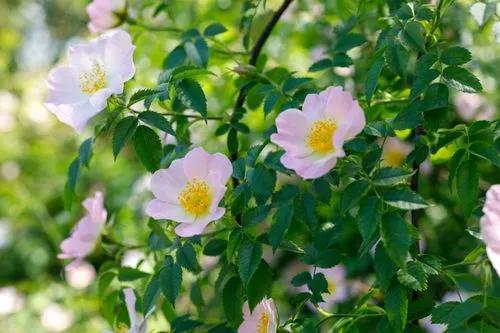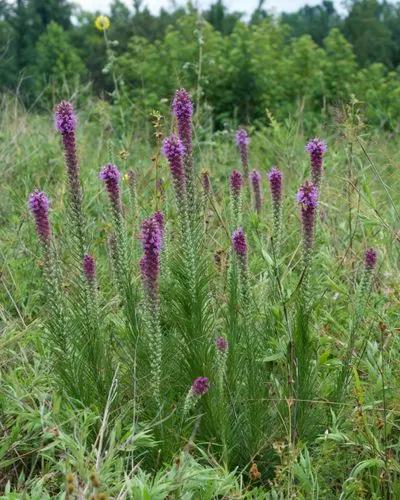Angelonia 'Angelface Wedgwood Blue' (Summer Snapdragon) is a tender perennial, usually grown as an annual, boasting a profusion of showy spikes of large, lavender-blue and white flowers from late spring to the first frosts.The flowers make great long lasting cut flowers too! Grows up to 18-30 in.
Angelface Wedgwood Blue Care
Angelonia angustifolia 'Angelface Wedgewood Blue'



How to Care for the Plant

Water

Snapdragons need adequate watering. Keep seedlings moist for the first few weeks. Once established, snapdragon will need approximately 1 inch of water per week in times of no rainfall. Water near the crown of the plant and avoid overhead watering to keep your snapdragon healthy. Once established, let the top inch of soil dry fully before watering.

Fertilizer

Apply fertilizer when the plants first start producing flowers. Use a standard, well-balanced all-purpose fertilizer, such as a 10-10-10 product, at a rate of three pounds for every 100 square feet of the flowerbed. Water well to minimize the risk of nitrogen burns and to help the fertilizer reach the roots.

Sunlight

Your snapdragons will bloom most profusely in full sun to partial shade. Once the temperature heats up, they may stop blooming altogether. Planting them in part shade and keeping them well watered will help them make it through the summer and they will likely bloom again in fall.

Soil

Snapdragons like a neutral soil pH between 6.2 and 7.0, rich in nutrients and well-draining. As short-lived plants, they are not heavy feeders, but adding organic matter will help keep them healthy and blooming.

Temperature

Snapdragons are tender perennials that are hardy in USDA zones 7 to 11. But snapdragons prefer cooler temperatures and are at their best when nighttime temperatures are in the low 40s and daytime temperatures in the low 70s Fahrenheit. For this reason, they are usually grown as annuals to provide garden color in the cooler months of spring and fall.

Popularity

19 people already have this plant 5 people have added this plant to their wishlists
Discover more plants with the list below
Popular articles






